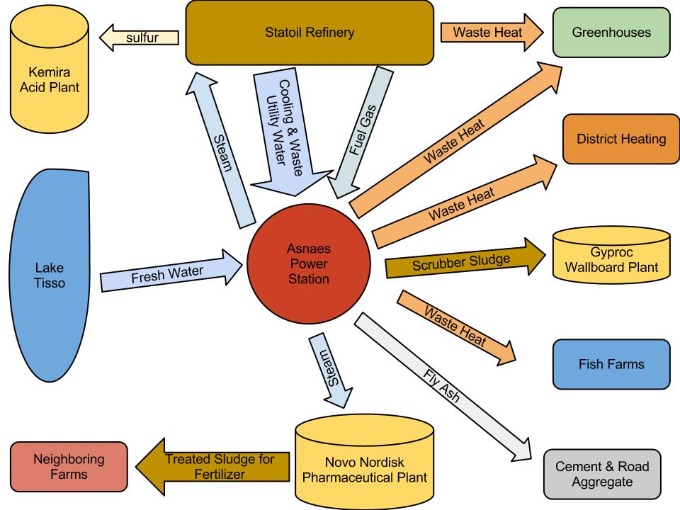January 17, 2025
Company
'A guide to creating organizations inspired by the next stage of human consciousness'

In his 2014 book Reinventing Organizations, Frederic Laloux defined Teal organizations as the most evolved form of organizational structure. By his definition, a Teal organization is characterized by three core breakthroughs:
In his 2014 book Reinventing Organizations, Frederic Laloux defined Teal organizations as the most evolved form of organizational structure. By his definition, a Teal organization is characterized by three core breakthroughs:
- Self-management: Teal organizations operate with a decentralized structure based on peer relationships, replacing traditional hierarchies.
- Wholeness: They encourage employees to bring their full, authentic selves to work.
- Evolutionary Purpose: Instead of being driven solely by profit or market share, Teal organizations are guided by an evolving sense of purpose. They view themselves as living entities, adapting and responding to their environment with their own direction and potential.
Laloux’s book draws on case studies to illustrate how successful companies are already reinventing themselves. Examples include Buurtzorg, a Dutch healthcare organization with 9,000 employees that provides community care through self-managing teams of nurses; FAVI, a French automotive supplier restructured into self-managing "mini-factories" without executive management; and Morning Star, a California-based tomato ingredient processor that operates using a self-management model.
Since the book’s release, The Teal Team—a group of like-minded professionals practicing Teal principles individually and collectively—has been cataloging the movement's growth, challenges, successes, and failures. Last year, they released a report they described as an "attempt to survey the Teal landscape now that the global effort to create more soulful companies is celebrating its 10th anniversary."
The report highlighted a maturing movement. After an initial wave of enthusiasm, some disillusionment emerged, leading to a phase of learning and reflection. The team noted that large organizations are increasingly adopting Teal principles and that a symbiotic ecosystem of consulting and training firms specializing in innovative ways of working has developed.
The Teal Team has also announced plans for an updated report, promising it will be "more comprehensive, with an explicit goal to be a catalyst for new ways of working together."
WEBPAGE: Mapping the 2024 Teal Landscape
P.S.: I know of this work through Ed Frauenheim, a member of The Teal Team. Ed is also a member of my men's group, The Men of Teal.




